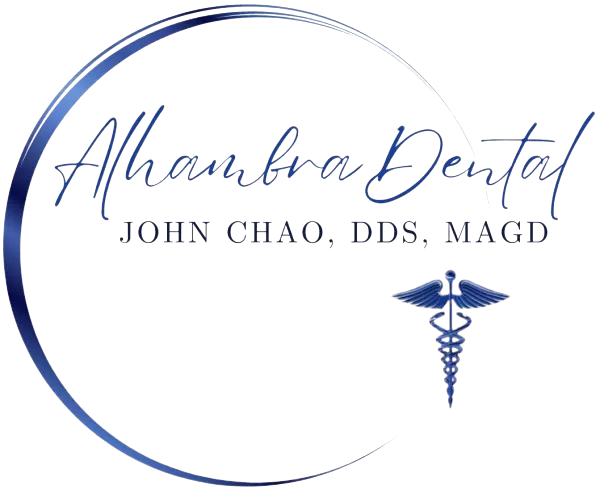As published recently in the Journal of the American Heart Association, researchers from Tampere University in Finland analyzed blood clot samples from 74 subjects who received emergency treatment for ischemic stroke and found that 79% contained DNA from a common oral bacteria, called Streptococci mitis.
Simply put, oral bacteria likely grew in the brain clots.
Oral bacteria can stimulate endothelial cells, or cells that line the blood vessels, to secrete inflammatory signals from the immune system. This, in turn, contributes to the establishment of plaque in the blood vessels.
Inflammation caused by these oral bacteria can exacerbate atherosclerosis, a buildup of plaque on artery walls. When enough plaque builds up, strokes become more likely.
It appears logical that if oral pathogens (bacteria that cause inflammation) could be minimized, then the risk of strokes could be lowered. In fact, a study confirmed that regular dental care lowers the risk for this kind of medical emergency.
Another study published in this journal also determined that oral hygiene should be emphasized in the primary prevention of acute ischemic stroke. Periodontitis, gum disease leading to loss of bone around the teeth, involved uncontrolled inflammation of the gums caused by pathogens. This disease, which is the number one cause of adult tooth loss, were identified in this study as an independent risk for the occurrence of strokes.
How can you tell whether you have periodontitis? Here are some of the symptoms:
(1) Your gums bleed when you brush or floss your teeth.
(2) You notice your gums are receding and you can see bare roots.
(3) Dark holes (triangles) or spaces are seen between your front teeth.
(4) You notice bad breath or bad taste.
(5) Teeth are shifting or growing long, called getting “long in the tooth.”
(6) Your teeth are getting loose.
(7) Your bite is changing.
If you notice any of the above symptoms, see your dentist for rule out gum disease.
Save your teeth. Save your life.





